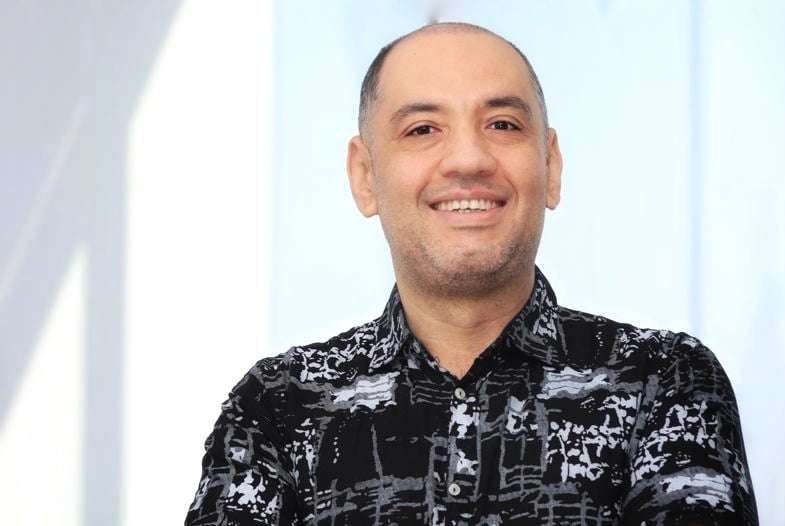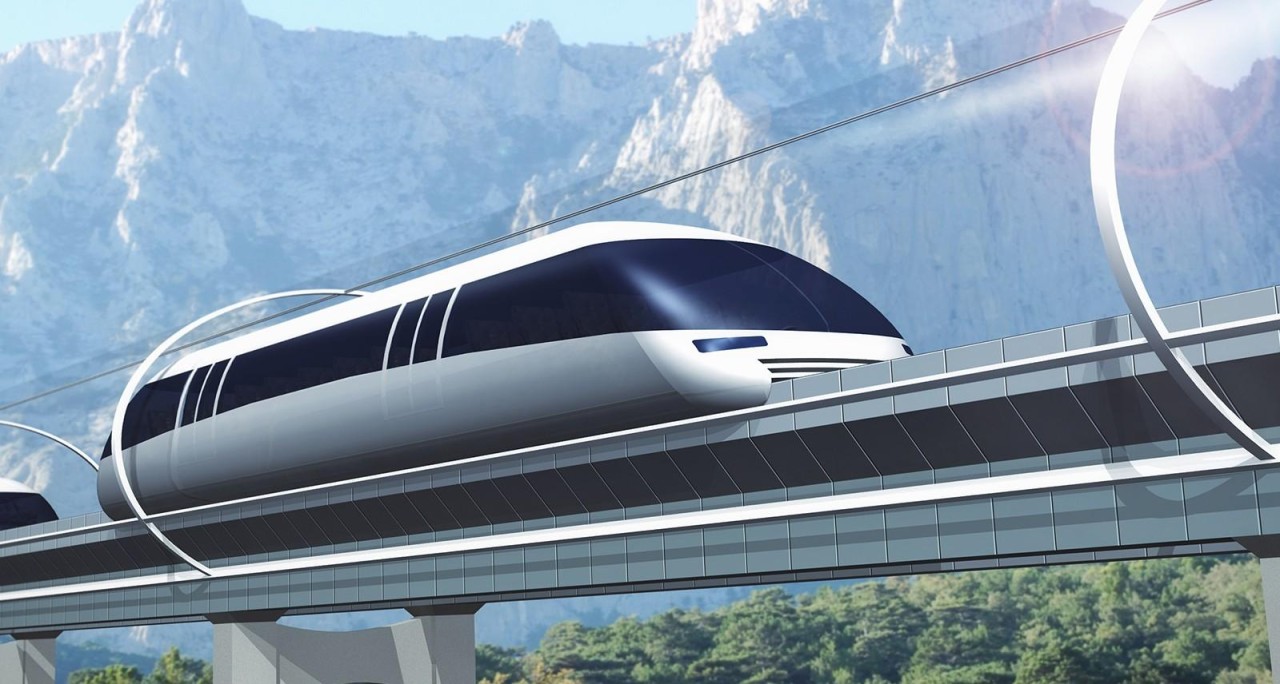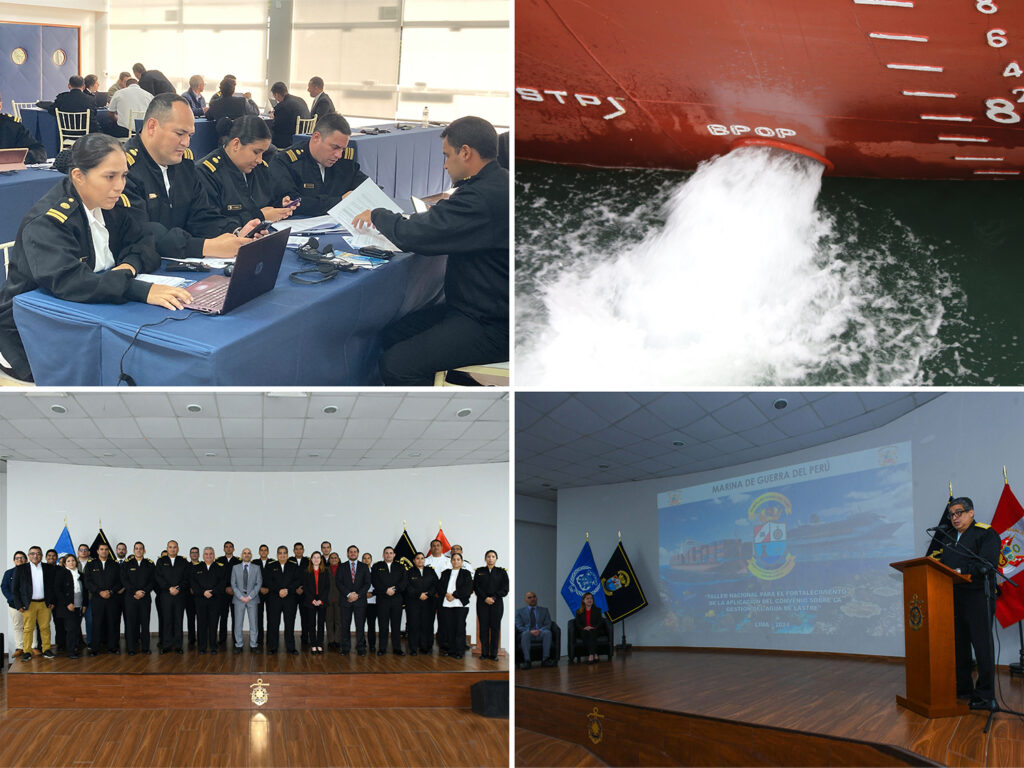The shape of the global navigational, industrial and commercial map expected after the expiration of this crisis
Cairo-Cape Town project to link North and South Africa and connects 10 African countries is scheduled to be implemented by the end of 2024
By : Mohamed Fouad
International expert in logistics and supply chain management
Before starting to read the article, I know that, there are some points that some may see as a path of imagination or not realistic and some may see them as impossible, but let us agree that what we are now in terms of science, knowledge and technology are like yesterday's miracles, also crises have always been the first motive for great discoveries and inventions and the first catalyst for alternatives throughout time.
Sever crisis witnessed by the whole world
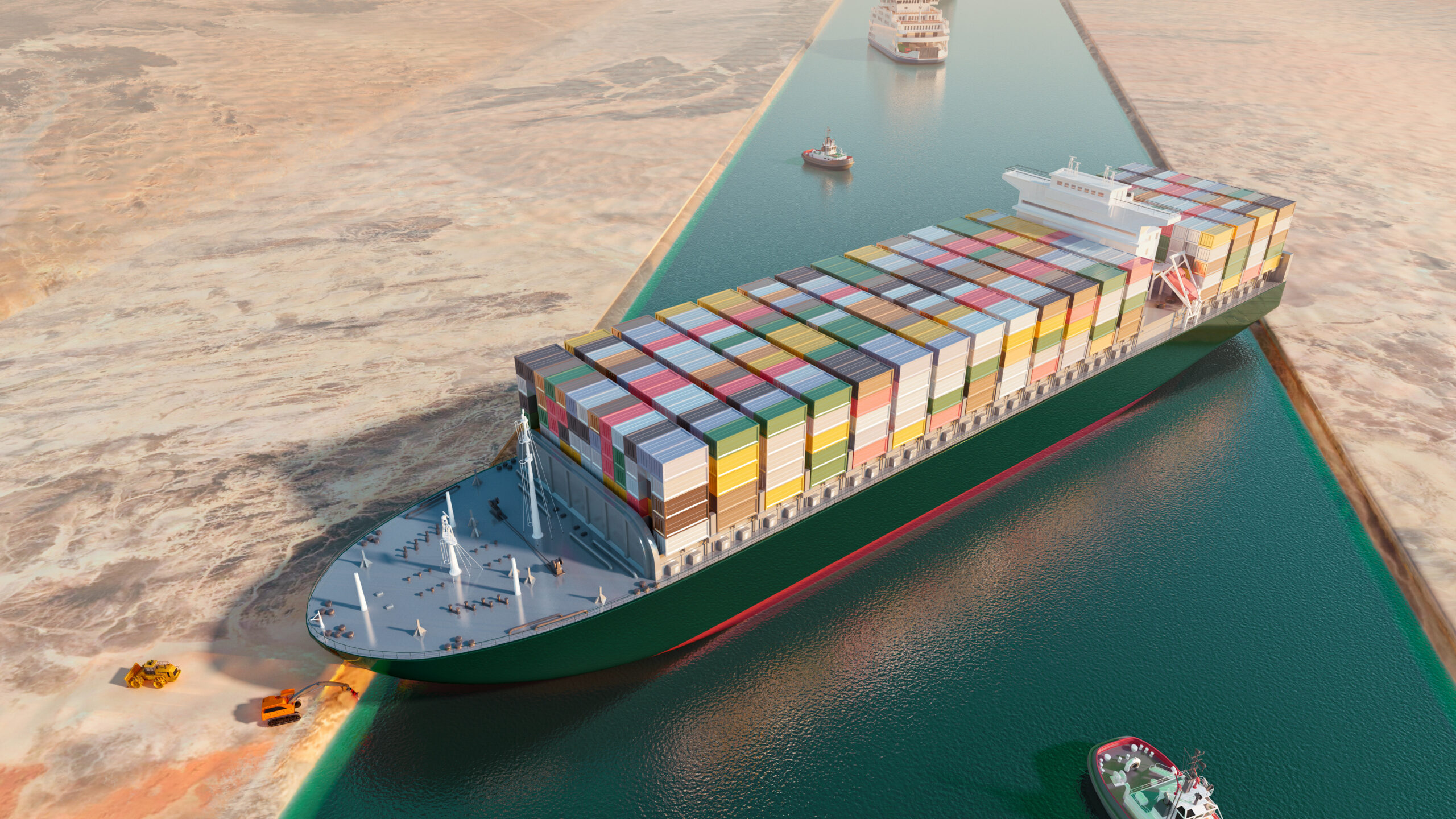
A severe crisis witnessed by the whole world and ravaging many ports overlooking the Red Sea, a crisis that is completely different from the previous one, because after nearly Seventy days since the start of these events, we could not even predict the date of the end of the crisis of navigation in the Red Sea compared to for example, the crisis of the ship Ever Given when it was stuck in the Suez Canal and what we saw of the speed of response to deal with the crisis and solve it in record time with the knowledge of the Egyptian government and the hands of its loyal sons.
The global economy
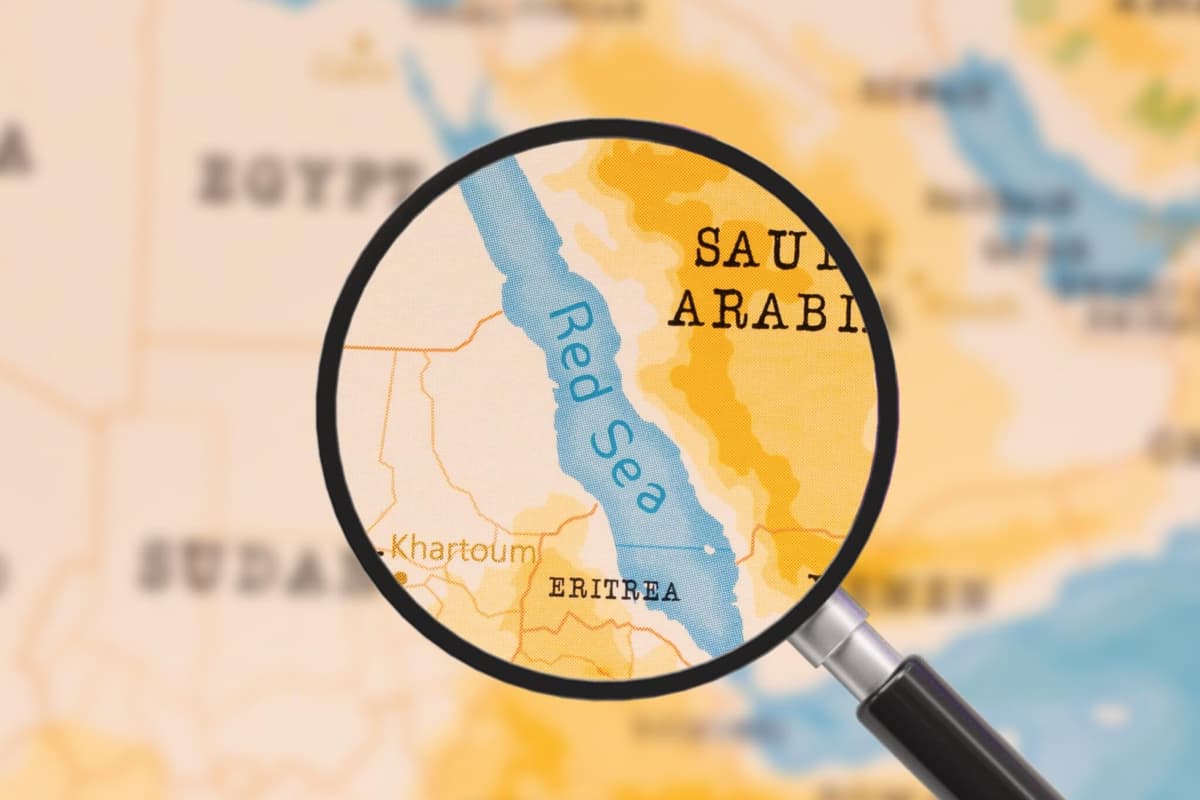
The global economy, which is still suffering from the Covid 19 pandemic and the geopolitical turmoil of the conflict between Russia and Ukraine, which has caused enormous tensions at the level of global supply chains and logistics, here we are facing a new crisis with strong bottlenecks and affecting the economic, industrial, and commercial aspects.
Major problems
Major problems afflict major companies in Asia, Europe, the Middle East and many countries, problems related to production delays and others due to the change in the route of cargo ships for goods and containers, which led to an increase in the shipping time to twenty days or more, and the consequent increase in fuel consumption and the high cost of insurance for ships, which caused an increase in the cost of shipping by more than 25%
The solution is not divorce!
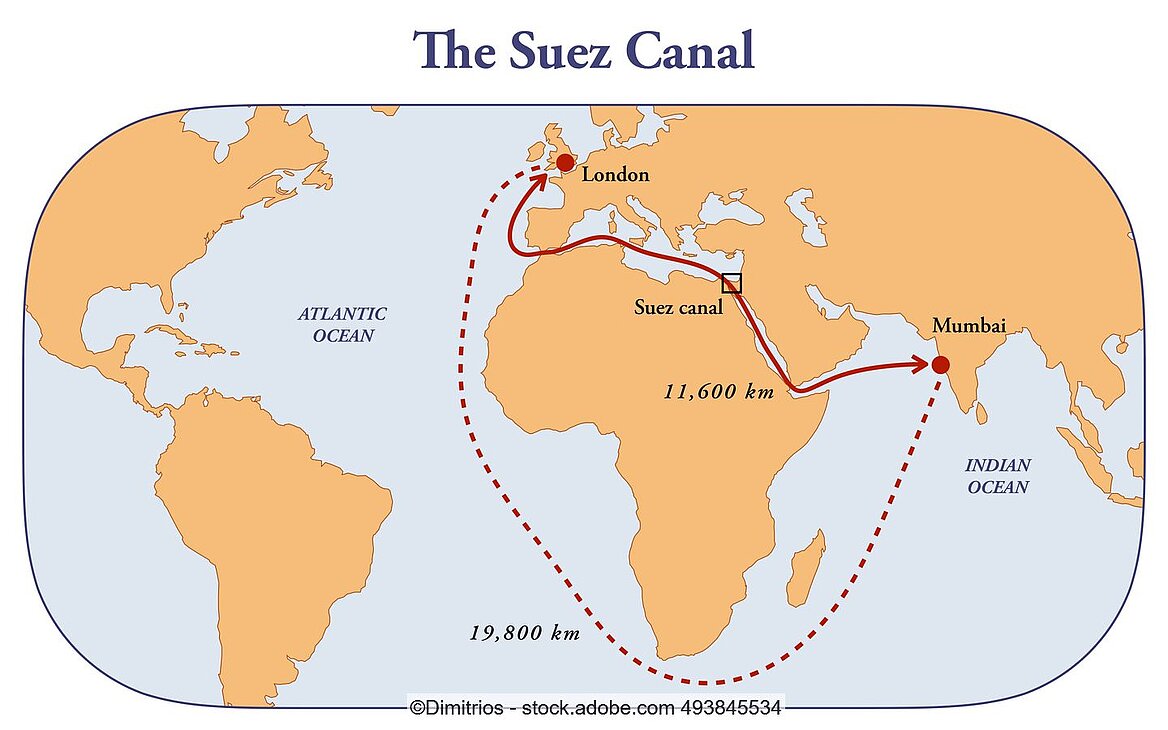
The Suez Canal, which accounts for approximately 15% of the total global shipping traffic, we saw how it was affected As well as the Bab al-Mandab Strait, which is the entrance to the Red Sea from the south and is located between Yemen, Djibouti and Eritrea on the African coast, and is one of the most important shipping routes in the world, especially containers, goods, crude oil and fuel from the Gulf heading to the Mediterranean Sea through the Suez Canal or the SUMED pipeline on the Egyptian coast of the Red Sea, in addition to goods destined for Asia, including Russian oil, it was not the matter is such

Complications and this is what we have seen from the announcement of major international carriers and shipping lines to avoid navigation in the Red Sea and change the route crossing the Cape of Good Hope Road as an alternative to the Suez Canal, announcing its separation from what was usual for a commercial relationship that lasted for more than one hundred and fifty years since the opening of the Canal for global navigation November17, 1869, but this temporary separation is accompanied by great losses and serious negative effects at the global level in various economic, commercial and industrial aspects that it cannot bear States and the peoples cannot tolerate it.
What happens after the crisis is over?
But I did not write this article today to list the crisis and discuss the consequences of the crisis, as this has been done by many researchers and we have seen a lot of studies to discuss this matter, but what I propose today is the shape of the global navigational, industrial and commercial map expected after the expiration of this crisis, and if it is prolonged, it must disappear,
Plans, theses, and alternatives
But do you think my dear reader that the world will let this crisis go unnoticed, will the industrialized and commercial countries have plans, theses, and alternatives to avoid such effects of these crises and reduce their risks, which would directly threaten their economy and growth plans and the consequent negative effects on their markets and citizens?
Before we begin to present future and expected projections, let me remind you once again that exceptional crises require exceptional solutions that are uncharacteristic even if they do not correspond to what the mind knows and accepts today
First: Mating factories and ports
I expect the industrialized countries to exit from the limits of industrialization within their territories to expand foreign investments and the construction of many factories in many countries bordering the Red Sea, but it would be better for them to establish these factories inside the ports or the nearest scope to them, but this choice will depend on the readiness of these countries to receive such investments from a legislative environment that attracts investments and attractions from the network of roads, energy sources, supply chains and skilled labor
Second: Smart Stores
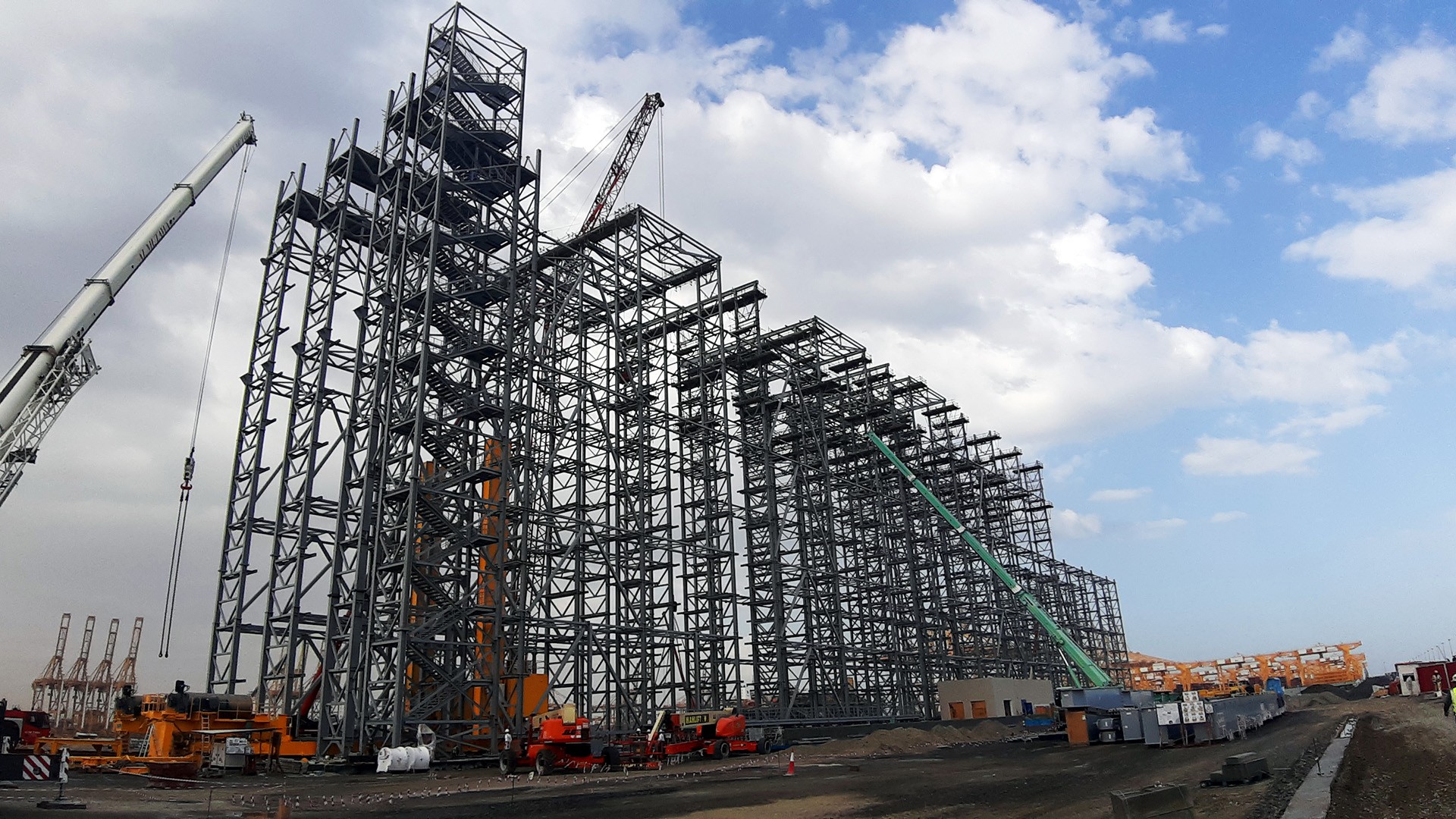
The exit of industrialized countries from their borders will require the establishment of many huge unconventional warehouses that guarantee the continuity and efficiency of supply chains even in light of emergencies and crises, for example the construction of smart warehouses with the BOXBAY model and what will make a huge leap in the container storage sector and ease of handling.
Investments with the flexibility of legislation and support the investment system in the system of free zones and logistics and what these countries will offer to companies and manufacturers of markets, open transport networks and freedom of trade exchange
However, I see that the opportunity may be greater in countries with large population densities due to the large size of their markets, the increase in purchasing power and the availability of labor, so from the womb of crises opportunities are born.
Third: Do they not look at the camels how they were created?
The camel is the ship of the desert, one of the most important means of transportation in the past, but look with the divine command to manage the creation of camels the wisdom in developing this means was also to build deserts and roads and replace them with giant railway networks,
Here is an important pause, the current contemplator of this means is fully aware of its inability to compete with maritime transport and is able to transport thousands of tons and tongoes,
But I do not rule out the development of the network of railways and trains to double and increase their loads significantly and we may see a fleet of completely different trains not only in terms of speed but in terms of carrying capacity and why not Modern science?!
And what the science of engineering and technology has reached in the development of port cranes and cranes are able to see trains with a completely different design, and we have seen hyperloop trains to transport passengers in Capsules to transport them through low- pressure and empty tubes, the capsules rush on an airbag that is not in contact with the walls of the tube thanks to the magnetic field between them and the generator by generators
Cooperation with Virgin Hyperloop International
The sisterly UAE is one of the first countries that sought to implement it in cooperation with Virgin Hyperloop International, which reaches a speed of 1200 km / h, with the aim of reaching Traveling from Dubai to Abu Dhabi in just about 12 minutes, although the distance between Dubai and Abu Dhabi is about 140 kilometers, just about 12 minutes, although the distance between Dubai and Abu Dhabi is about 140 kilometers, and it takes more than an hour by car. Now, imagine transporting goods from Alexandria to Cairo within20 minutes by train.
Here I am reminded of what Sultan Mohamed Al Fateh did in the year 1453 to run ships on land and mountains from their anchorage in Besiktas (Turkish: [beˈʃiktaʃ]) to the Golden Horn, which no one expected at all, but the witness from the matter is that we may see an unusual railway and train network in the near future.
Repeated exam question: Will the Suez Canal be affected by future changes to the railway network? !
The answer starts from the need to correct the question, first of all, a limousine that can transport a limited number of passengers that does not exceed the number of fingers on the hand will not compete with the passenger transport train, but the competition will be by providing other services such as speed, access to the door of the house and the possibility of waiting And freedom of movement between the streets and this will be offset by a greater fee and profitability for the limousine.
Investment attractions
Here is the answer to the question in terms of the need to develop services and investment attractions in the Suez Canal in terms of maximizing the use of investment opportunities in the canal and in the surrounding lands and cities, not only transit services with permanent readiness to attract opportunities Commercial and industrial and encourage the availability of distinguished services with the existence of strategic agreements with shipping lines and shipping companies to develop logistics services and reach the final consumer faster and directly from the factory.

Fourth: River Transport
There are some obstacles to the use of river transport in Africa, the most important of which is the lack of rainfall in winter, the fluctuation of the water level and the presence of many waterfalls and barals, but there are some countries that have invested in the presence of some rivers for Inland River navigation in the central and eastern parts of the continent are limited as a result of the link of those rivers to the ports overlooking the Atlantic and Indian Ocean,

Cairo-Cape Town project
And this confirms the need to develop this opportunity, especially the Great Nile River, which is 6680 km long, and who knows after the development of networks and various transport methods of the possibility of developing this network as well and integrating it with land transport lines and railways
We have all heard the Cairo-Cape Town project to link North and South Africa and connects 10 African countries is scheduled to be implemented by the end of 2024 to contribute to shortening the time period between North and South Africa by an average of five days.
Fifth: Military insurance for navigation in the Red Sea
After we saw commercial ships crossing under the war-frigates to obtain insurance, we expect the emergence of new maritime agreements aimed at increasing insurance and protection for navigation in the Red Sea,
And we may see providing commercial ships with a protection system as well and developing mechanisms distress and asking for help, as well as maintaining the confidentiality of information on ships and their shipments,
Under review and development
All of this will be under review and development, and there are telecommunications companies and artificial intelligence technology ( AI ) who are working hard to win these investment opportunities to display their products and services, and that also includes securing and protecting pipelines transporting crude oil, natural gas and chemicals.
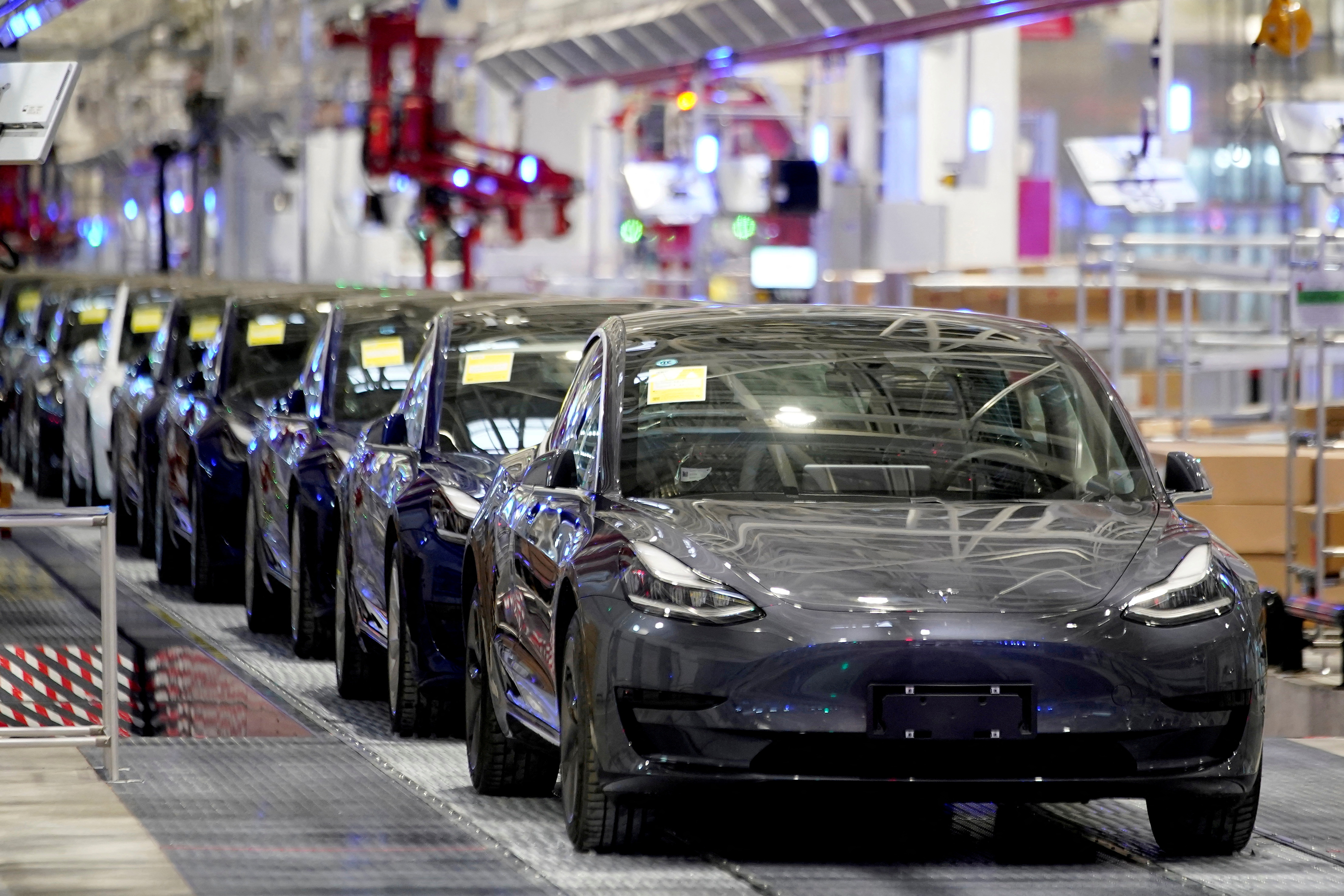
Sixth: Automotive industry and Nokia Mobile
The automotive industry is one of the largest industries in the world and the most important source of employment. China has been the world's largest automaker since 2009. Annual car production accounts for more than 32% of the world's total vehicles.
The automotive sector a key pillar of the Japanese economy, it has 78 factories in 22 prefectures and employs more than 5.5 million people. In South Korea, big brands Hyundai, Kia and, of course, the European industry giant, Germany is the world' s largest producer of the world's most famous cars.
Strategy for the development of the automotive industry
I believe that the strategy for the development of the automotive industry in Egypt and the Middle East will differ significantly by motivating automakers and production requirements to expand in this industry while providing incentives and facilities, and providing benefits such as exemption from paying fees.
Customs on spare parts, exemption from paying taxes, providing free land for the establishment of factories, and allowing the foreign investor to freely transfer financial profits to his country of origin, a country. Morocco is one of the best examples of this experience
My first and most important advice
My first and most important advice is the need to provide attractive factors for the electric car industry, the world will witness a very strong and rapid boom in the transformation of electric cars because of their economic advantages in operation and maintenance, as they do not need fuel, oils and spare parts Limited and simple maintenance expenses with a big difference in performance, and here those who remember Nokia mobile and compare it with modern generation mobiles will understand the difference, as the whole world is about to change its cars.
What if the Egyptian state provided land for manufacturers with well-studied exemptions for twenty years to attract this industry?
Message from above the Sea
The presence of good planning for post-crisis investment, taking advantage of new opportunities and creating alternative investments is what major countries are professional and can see amid major crises,
Although developing countries cannot adopt such opportunities due to economic conditions or what Similarly, the first here is to allow the realization of these opportunities on its territory through a comprehensive and effective vision to push investments and provide real attraction, starting from investing in the geographical location, natural and human resources, large local markets, forming an efficient team to manage this stage, overcoming obstacles and routine, and providing legislation that keeps pace with modernity and governance so as not to drown in the effects of these crises.
Read more :
Mohamed Fouad : Seafarer : Jewels of the Maritime Ports Sector
Red Sea crisis :Quadrupled transport costs according to BCG-PDF
Red Sea Crisis : Competition of Salalah ,Djibouti and Jebel Ali ports


